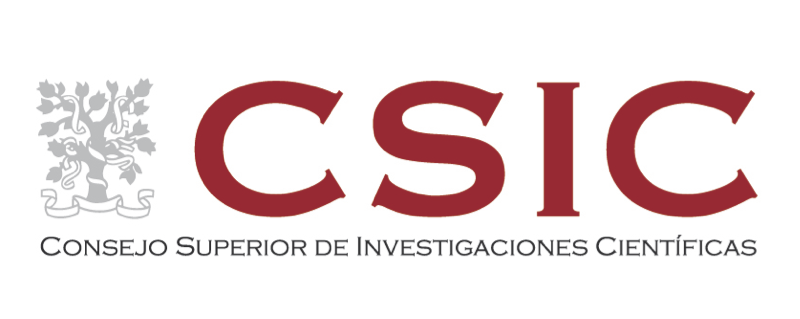BioMed Research International, vol. 2015 (2015)
Article preview
The studies of drugs that could constitute a palliative to spinal cord injury (SCI) are a continuous and increasing demand in biomedicine field from developed societies. Recently we described the chemical synthesis and antiglioma activity of synthetic glycosides. A synthetic sulfated glycolipid (here IG20) has shown chemical stability, solubility in polar solvents, and high inhibitory capacity over glioma growth. We have used mass spectrometry (MS) to monitor IG20 m / z = 550.3 in cells and tissues of the central nervous system (CNS) that are involved in SCI recovery. IG20 was detected by MS in serum and homogenates from CNS tissue of rats, though in the latter a previous deproteinization step was required. The pharmacokinetic parameters of serum clearance at 24 h and half-life at 4 h were determined for synthetic glycoside in the adult rat using MS. A local administration of the drug near of spinal lesion site is proposed. © 2015 María Sánchez-Sierra et al.




